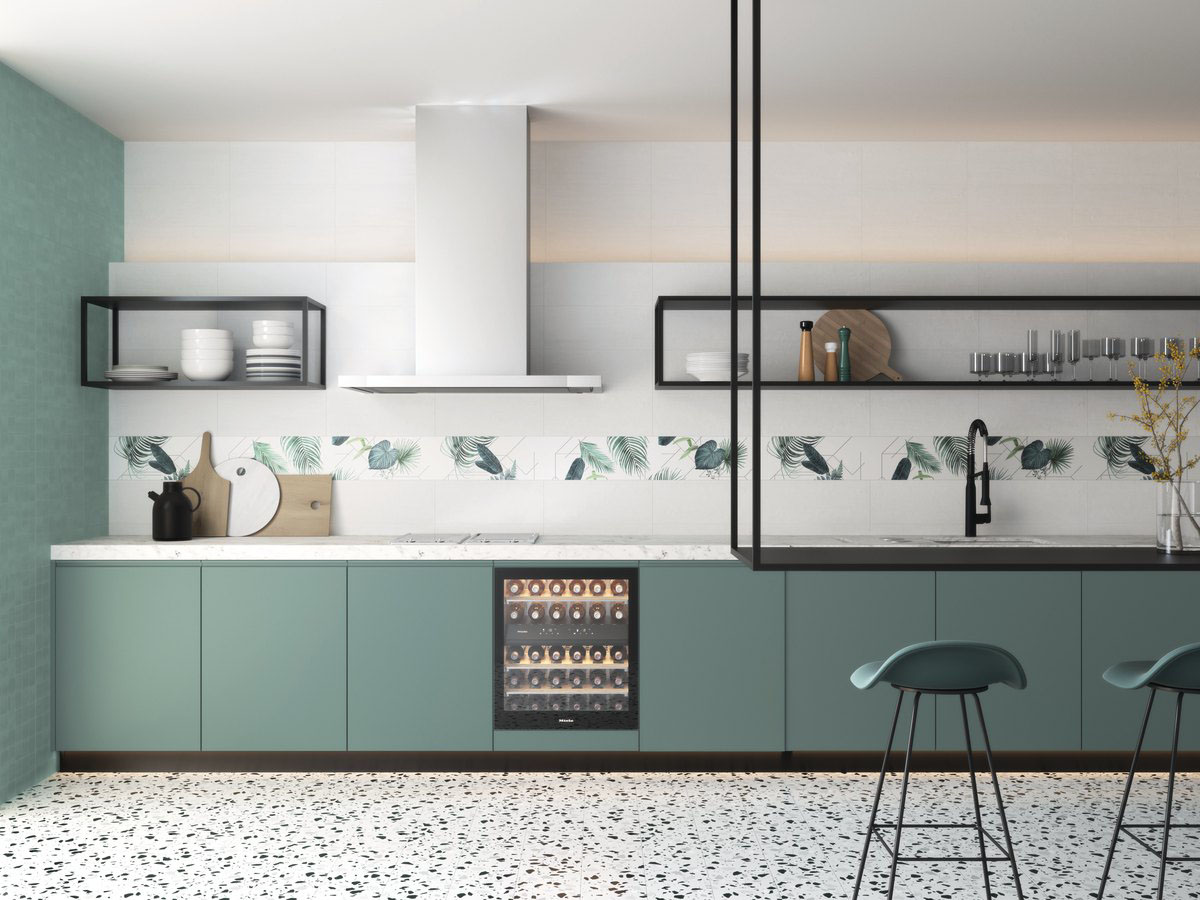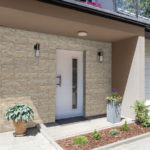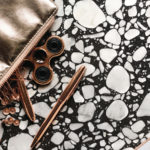Choices regarding kitchen wall cladding have a dramatic impact on the overall look of the kitchen. Walls are a large and visible surface, so cladding the kitchen walls will have a big aesthetic impact. At the same time, a successful choice of cladding for the kitchen walls will ensure that it will be easy to maintain a clean and well-kept kitchen.
Sometimes, the difficulty of choosing or the limited budget lead to the decision to leave the kitchen walls painted white. A white kitchen does convey a high level of hygiene, aesthetics and minimalism, but it is important to know that such a look can be maintained and also enjoy the benefits of quality wall cladding for a white kitchen. Different claddings come in a variety of shades and patterns, more or less bright, and we are left only to choose the type of cladding that is most suitable for us.
Here is an overview of different types of white kitchen cladding, detailing the pros and cons of each. Let’s just say that there is a large selection of wall coverings for the kitchen – and we will concentrate on the five most popular – ceramic or porcelain granite tiles, stone cladding, marble cladding, Corian wall cladding and glass cladding.
Key benefits of wall cladding
Kitchen wall cladding
There are good reasons why the walls of most kitchens in the country are covered with this or that cladding. Leaving the kitchen wall with only a layer of paint on it will require us to invest time and effort in keeping the walls clean. Work in the kitchen creates dirt – when on walls without cladding stains may accumulate, drip points of oil or other liquids that have damaged the wall, as well as oil vapor and other substances that are absorbed into the air and may make the walls sticky to one degree or another.
Investing in white kitchen wall cladding will ensure easier maintenance of the kitchen, as well as maintaining cleanliness and a good-looking appearance over time. But since this is a significant investment, it is very important to choose carefully.
Kitchen wall cladding with ceramic or porcelain granite tiles
Ceramic tiles, including those of the porcelain granite type, are the most common type of wall cladding in kitchens in the country.
Ceramic tiles are made of compressed sand with a glazing coating, and have been burned in an oven at a very high temperature of 1000 degrees Celsius and even higher. Porcelain granite tiles are a type of ceramic tile that have an extremely high resistance to abrasion as well as a very low level of absorption.
Today you can find ceramic tiles for the kitchen in a variety of shades, paintings and patterns. You can combine different types of tiles, and create a unique design. Another advantage of kitchen wall cladding with ceramic tiles is that they are an excellent solution for cladding at a relatively low price.
Stone wall cladding
Today you can find a variety of stone tiles for kitchen wall cladding. In fact, these are tiles that can be used in other areas of the house as well; But it is important to keep in mind that dirt can accumulate in the deep grooves between the tiles. Cladding a kitchen wall with stone allows for a warm look – and it is recommended to install it during the construction phase, before installing other items such as marble, sink, cabinets and the like. The price of cladding a kitchen wall with stone is around NIS 200 per square meter.
Marble wall cladding – comfortable, spectacular, and durable
Marble kitchen wall cladding creates a clean and handsome line, while providing many practical benefits. It is very easy to clean dirt or oil stains from a marble surface, which is why in most kitchens the work surface is made of marble – and usually a marble wall cladding will be installed along with the work surface installation, when the cladding is usually the same as the work surface.
Corian wall cladding
Corian is a flexible plastic material that has begun to be used in recent years both as kitchen worktops, instead of traditional marble, and also as a wall covering for a white kitchen. Corian surfaces are easy to clean, but can be repaired by scratches.
Kitchen wall cladding with glass
In recent years, the use of glass for wall cladding has been gaining in popularity. Such cladding is considered one of the most prestigious, with the glass itself being a durable and easy-to-clean material. You can choose from a variety of shades and textures, and you can even print a pattern or painting on the back of the glass. It is important to make sure that the thickness of the cladding glass is at least 6 mm.


